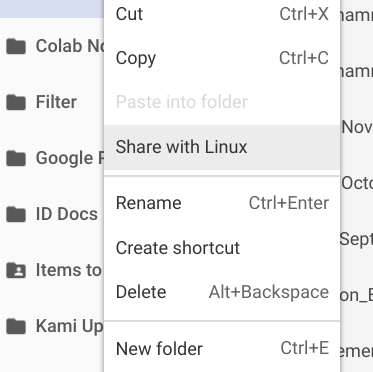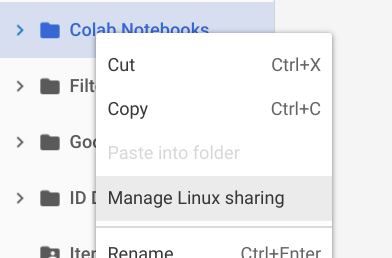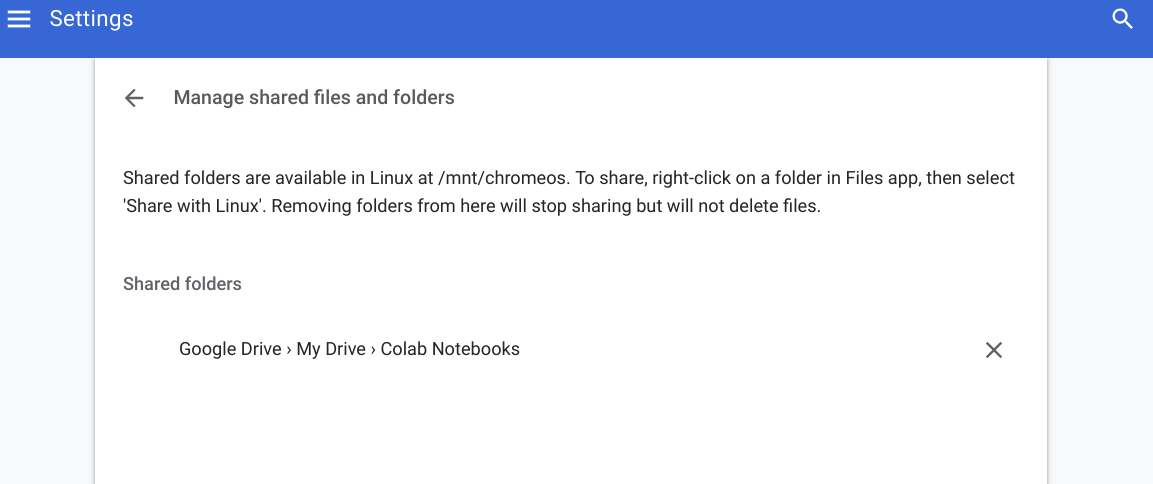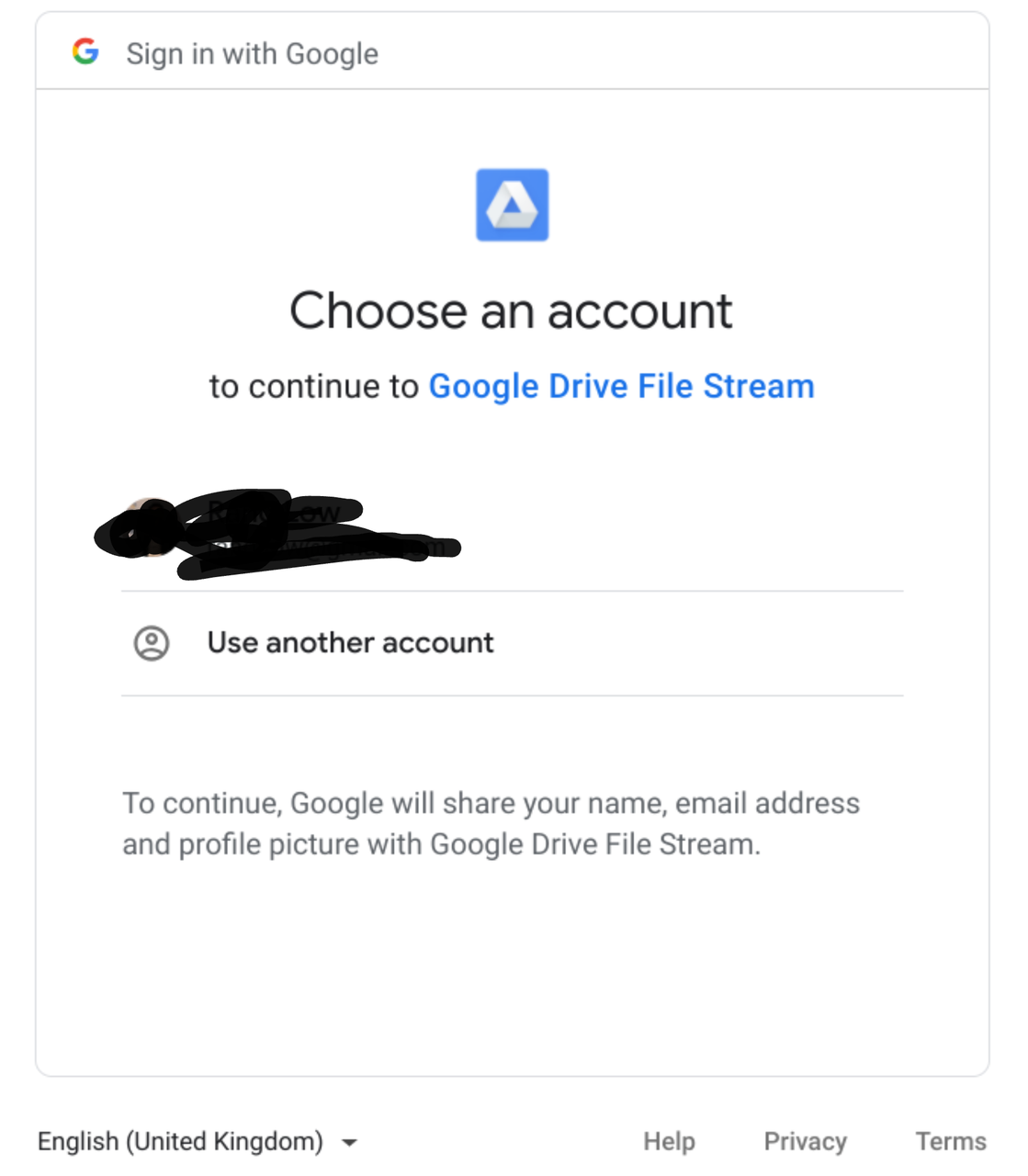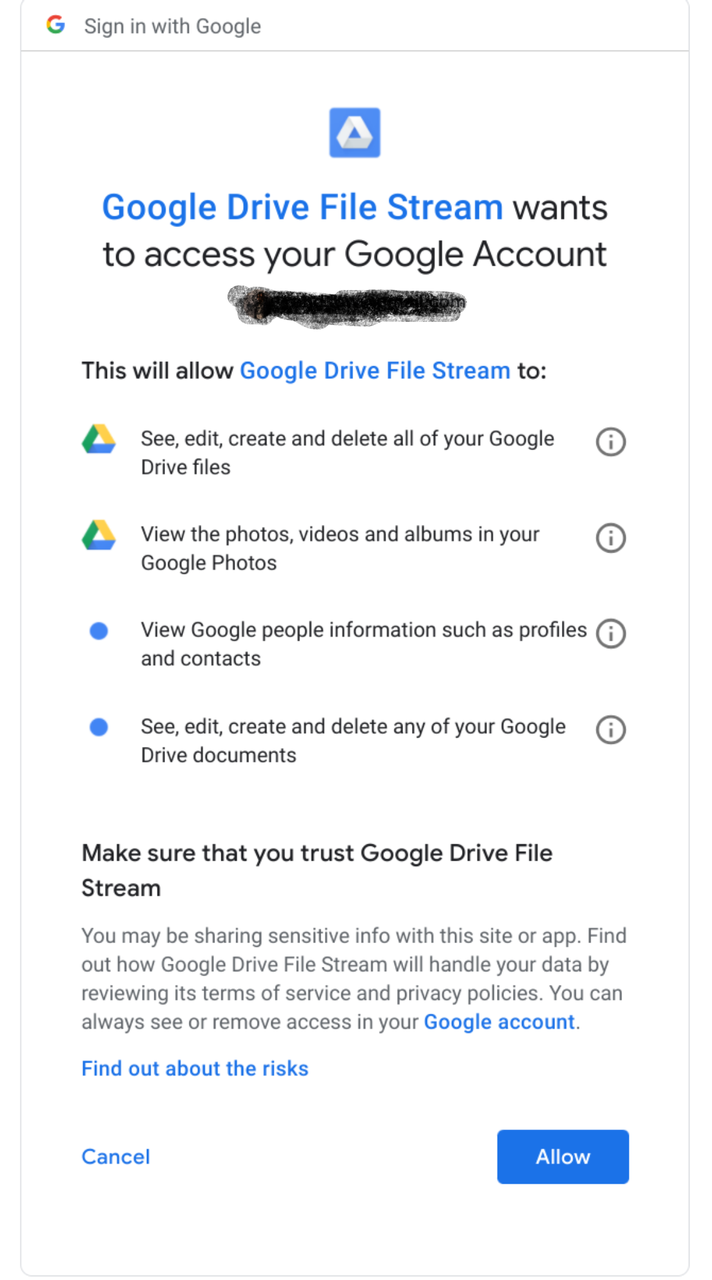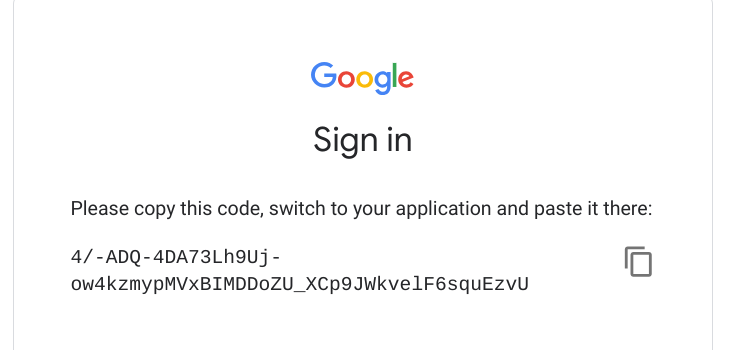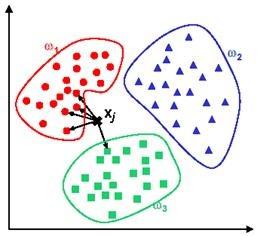Model validation for time series regression models
This is an overview of the diagnostic and performance tests that need to be performed to ensure the validity of a time-series ARIMAX regression model.
In the above equation, $R_{t}$ is the differenced original series. For example, if we have stock prices ($P_{t}$), we perform a differencing operation of 1 (i.e., $R_{t} = P_{t} - P_{t-1}$).
A time series is integrated of order $d$ if $(1-L)^{d} X_{t}$ is a stationary process where $L$ is the lag operator and $1-L$ is the first difference (i.e., $(1-L)X_{t}=X_{t}-X_{t-1}$). A time series of order $d=2$ is as follows:
The values of $p$ and $q$ are the orders of the autoregressive (AR) and moving average (MA) terms. The value of $r$ denotes the number of independent variable (X) terms included in the model.



